Venting Ejector Pins
- Dual Functionality: Combines venting and ejection in a single component for streamlined operation.
- Precision Engineering: Ensures accurate air release and smooth part ejection.
- High Durability: Withstands high pressures and repetitive cycles without wear.
- Broad Compatibility: Fits seamlessly into various mold designs and configurations.
Expert Craftsmanship
20+ Years of Expertise
Tailored Solutions
Custom designs
Rigorous Quality Control
ISO 9001-Certified Quality
Competitive Pricing
Cost-effective solutions
Global Support
Reliable delivery & technical assistance
ISO 9001:2015 Certified Processes
ISO 13485: 2016 Medical Device
IATF 16949: 2016 Automotive
No Minimum Order Quantities
In-Process Inspection with CMM
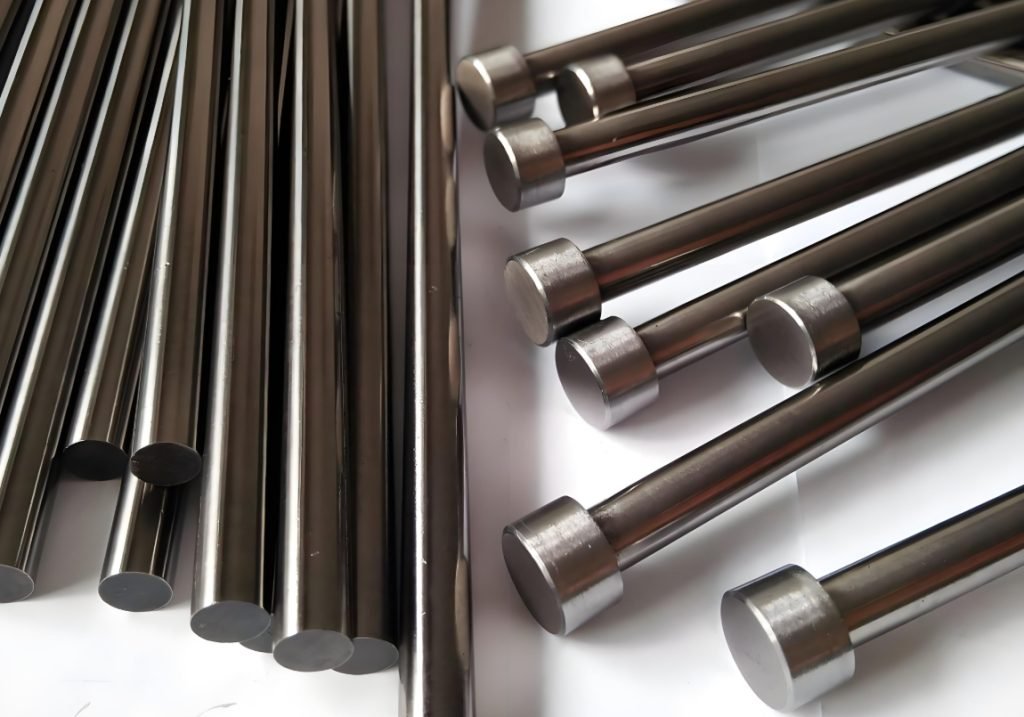
Venting Ejector Pins: Dual-Purpose Precision for Injection Molding
Venting ejector pins are advanced mold components that serve a dual role in injection molding: they release trapped air or gases from the mold cavity while also ejecting the molded part after cooling. This dual functionality ensures smooth plastic flow, prevents defects, and enhances production efficiency.
Our venting ejector pins are engineered for precision and durability, making them an ideal choice for industries such as automotive, electronics, and medical manufacturing.
Core Functions
Processing Materials
Hardened Tool Steel
- Provides excellent durability and wear resistance (e.g., H13, SKD61)
Stainless Steel
- Offers corrosion resistance for challenging conditions (e.g., 420, 440C).
Custom Alloys
- Available for specialized molding requirements.
Post-Processing & Surface Treatments

Heat Treatment
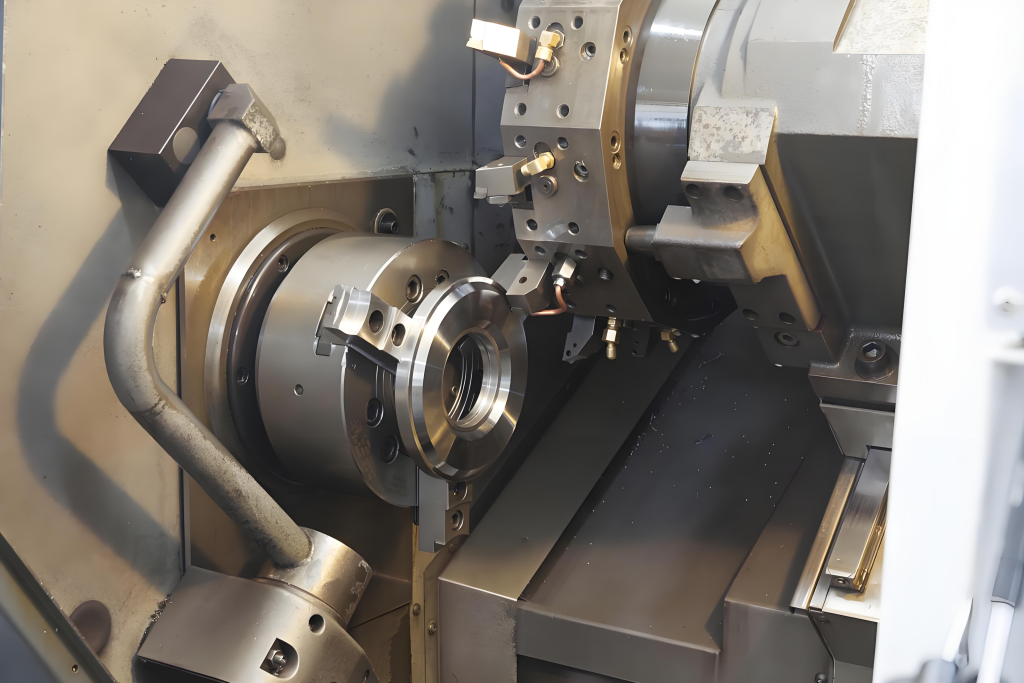
Precision Grinding
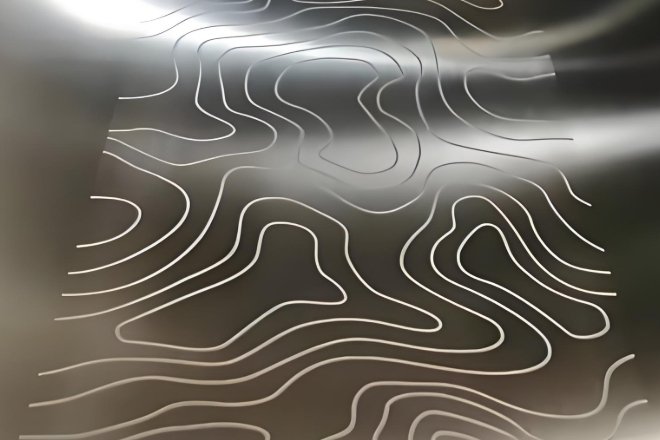
Nitriding

Optional Coatings
Technical Specs for Venting Ejector Pins
Our processes ensure unmatched consistency and repeatability at fast lead times and affordable pricing.
| Parameter | Specification |
| Surface Finish | Precision ground to Ra ≤ 0.2 μm |
| Hardness | 58-62 HRC (material-dependent) |
| Dimensional Tolerance | ±0.002 mm (custom tolerances available) |
| Diameter Range | 3 mm to 20 mm (custom sizes available) |
| Length | 50 mm to 300 mm (custom lengths available) |
| Lead Time | 2-4 weeks (expedited options available) |
Contact us for tailored specifications to meet your needs.
Selection Suggestions
Mold Size
Larger molds may require longer or thicker pins for stability.
Part Complexity
Select pins with appropriate venting capacity for intricate parts.
Production Volume
Opt for durable materials for high-cycle operations.
Ejection Requirements
Ensure pin length matches the required ejection stroke.
Our team is available to provide expert recommendations for your mold design.
Fecision Mold Component Tooling Network
In response to different service types and diverse business needs, we have deployed suppliers with different manufacturing capabilities.
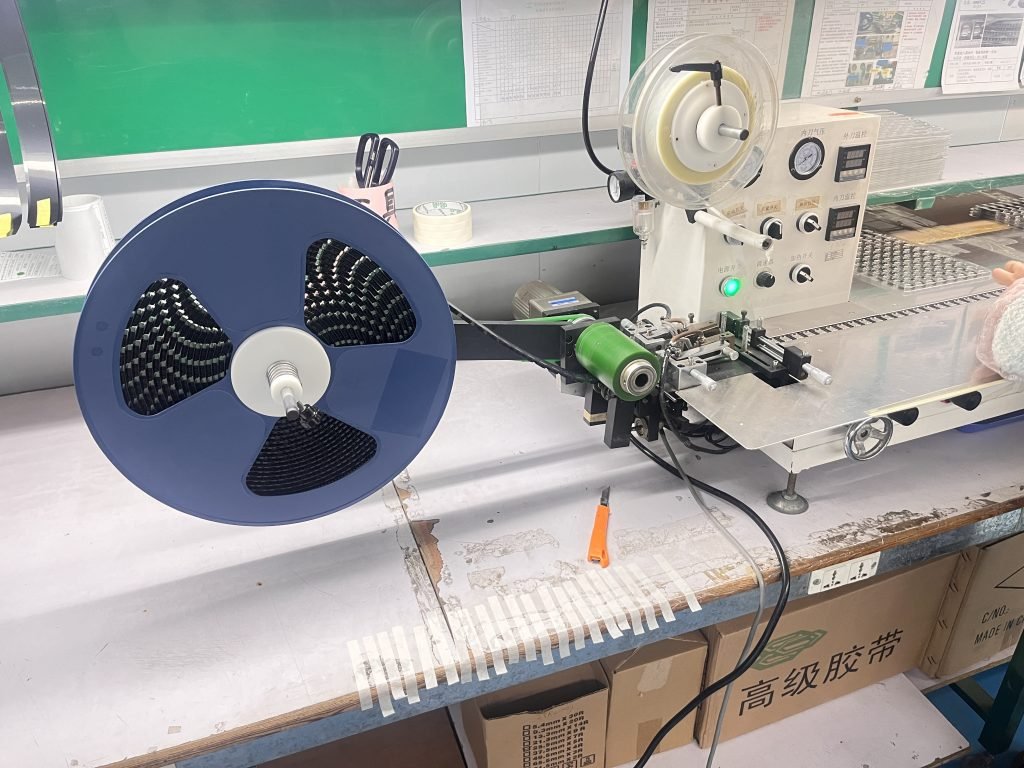
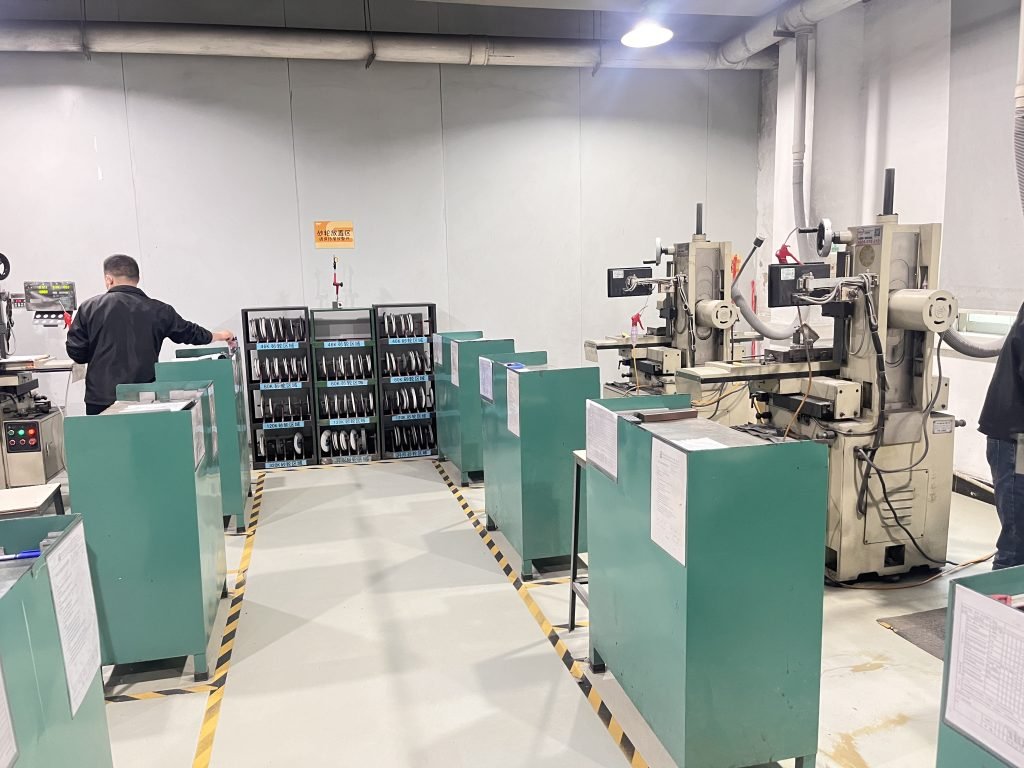
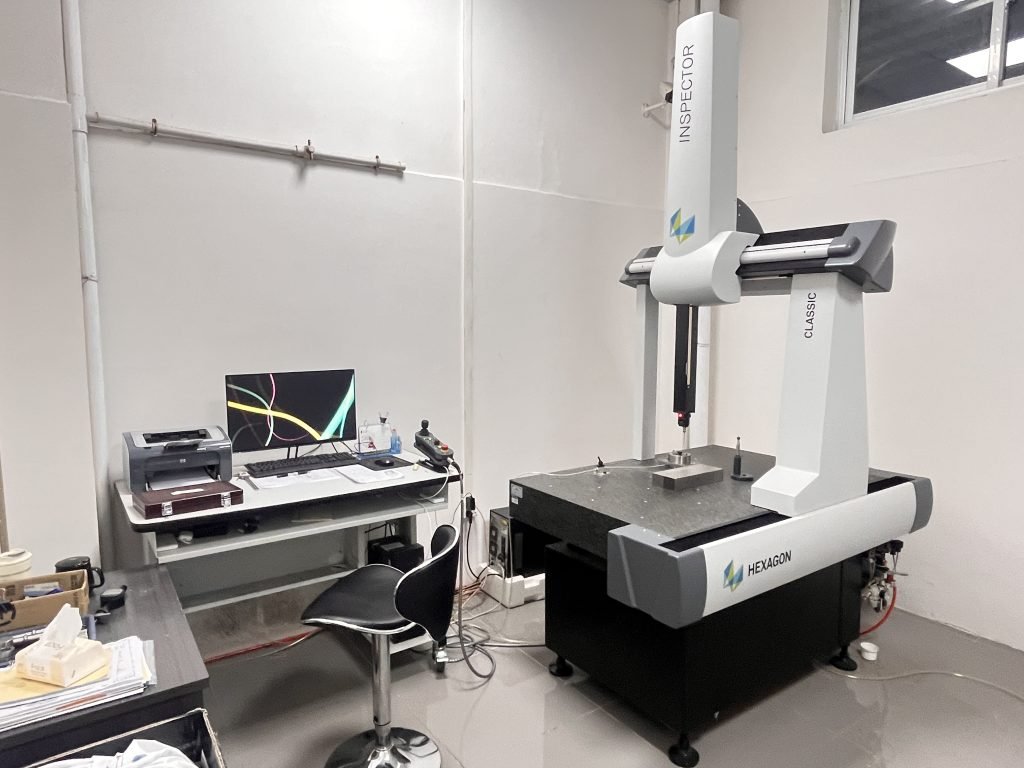
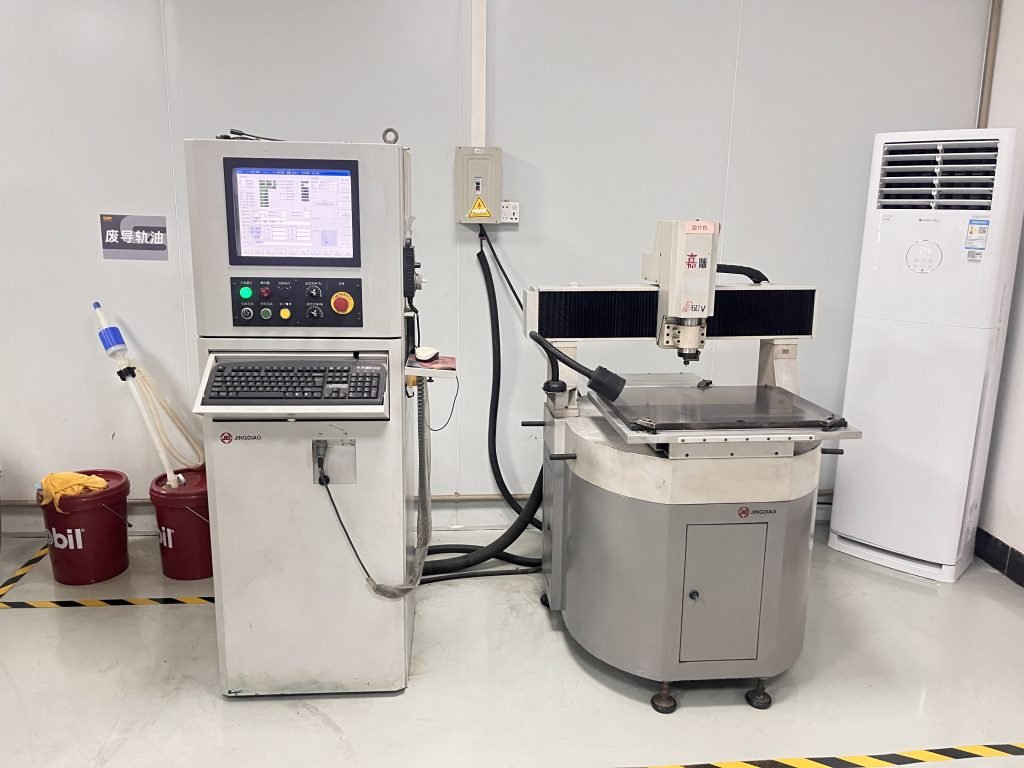
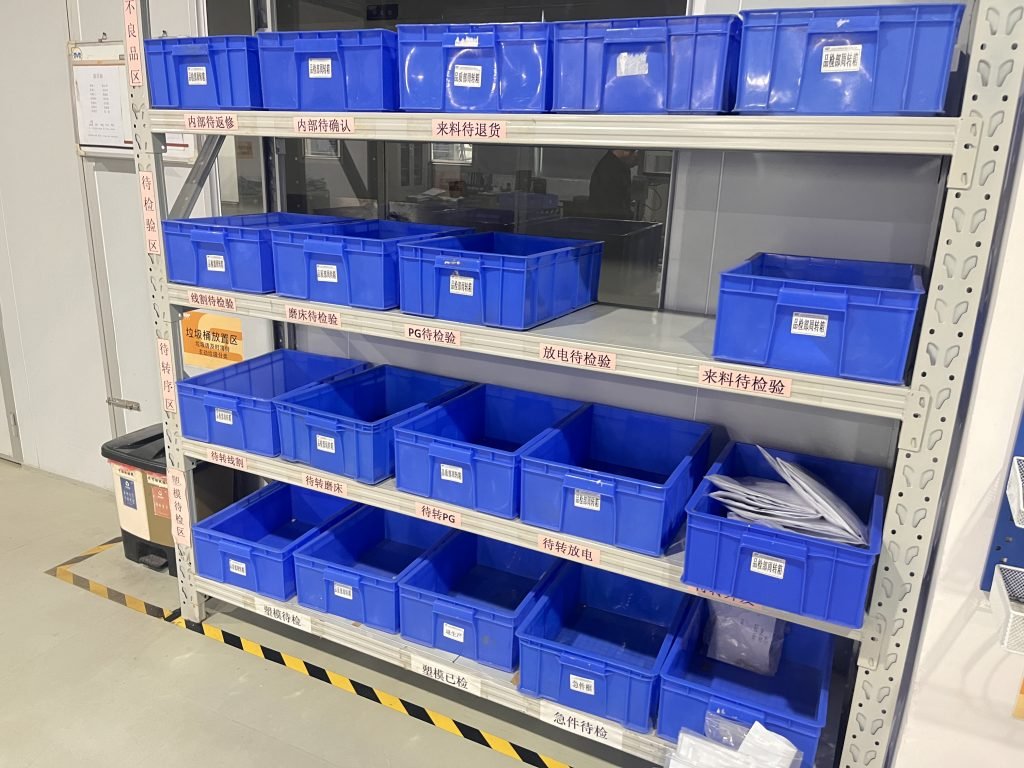
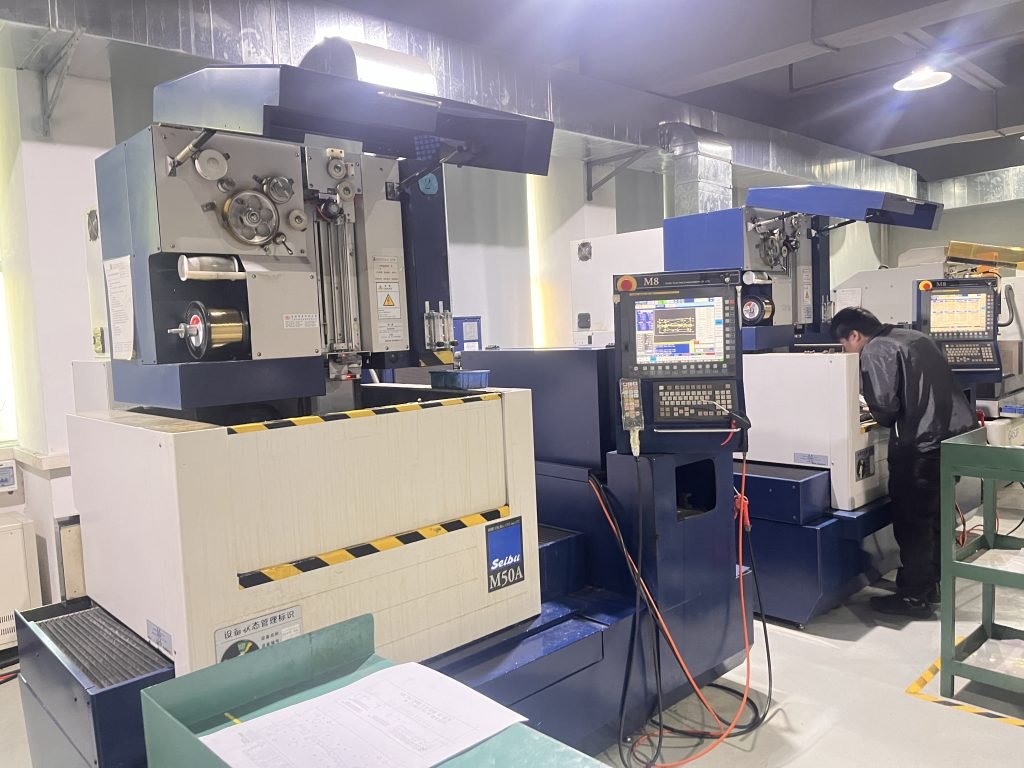

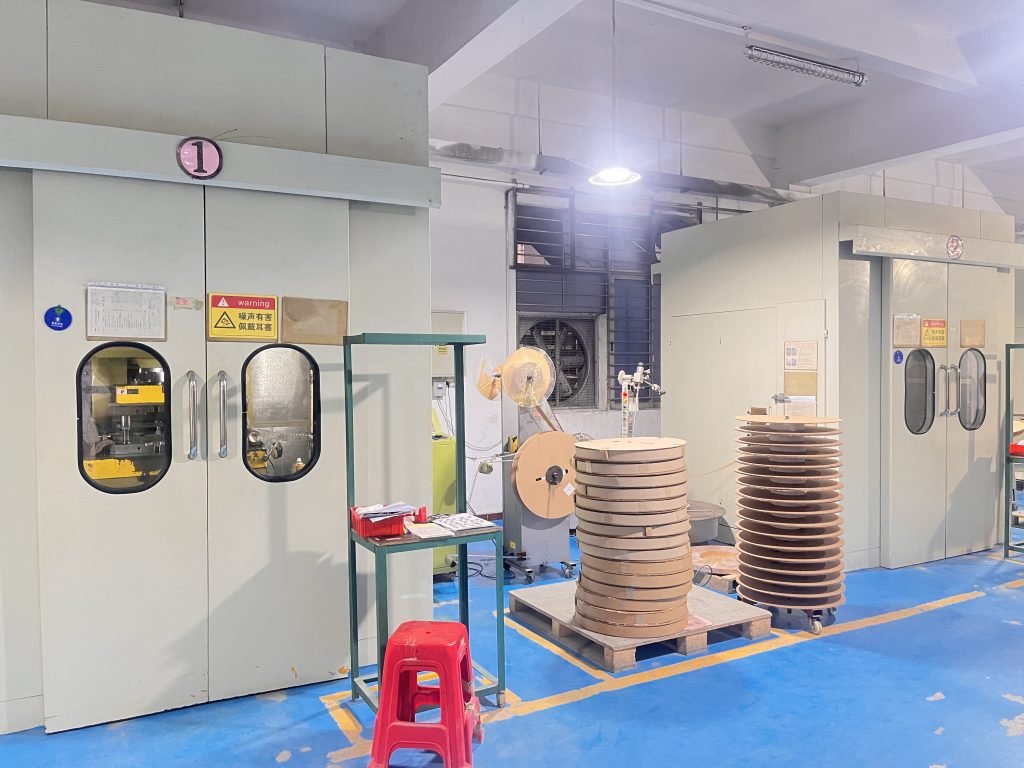
Why Fecision for Mold Components?

Precision and Accuracy
Using state-of-the-art CNC machining, EDM, and other advanced manufacturing techniques, Fecision ensures all mold components meet tight tolerances and high-quality standards.
Customization
Fecision understands the unique needs of each project. Our team works closely with customers to provide tailored solutions, ensuring that each component fits perfectly within the target mold system.
Rapid Prototyping
Fecision offers rapid prototyping for mold components, enabling customers to test and refine designs quickly before moving into full production.
End-to-End Services
From initial design and DFM (Design for Manufacturability) analysis to final mold assembly and testing, Fecision handles every aspect of the mold component manufacturing process.
Process for Manufacturing Mold Components
Manufacturability Evaluation
The initial step involves assessing the manufacturablity of the mold component. If it's deemed feasible, we proceed with production immediately. If not, we will provide a detailed DFM (Design for Manufacturability) report to the customer. If necessary, mold flow analysis is performed to simulate the flow of molten material within the mold.
Material Selection
Next, choose the right material for mold parts. Common materials for mold components include steel alloys, aluminum, stainless steel, specialty alloys, etc. If needed, a prototype may be made using rapid prototyping techniques (e.g., 3D printing, CNC machining) to test the design for fit, function, and manufacturability.
Mold Components Manufacturing
Once the design and materials are finalized, the mold component undergoes CNC machining. If required, the mold component may undergo heat treatment, depending on the material and intended application. For certain components, surface hardening methods such as nitriding or carburizing are applied to increase wear resistance.
Shipping
For molds with multiple components, such as multi-cavity molds or molds with inserts, the individual components are carefully assembled into the final mold system. Once our engineers confirm the product meets all requirements, it will be shipped. We maintain ongoing communication to ensure the customer is fully satisfied with the product they receive.
Let's Start!
Optimize your injection molding process with our precision venting ejector pins.
Contact us now to request a quote or explore custom options. Let’s elevate your production quality together.




